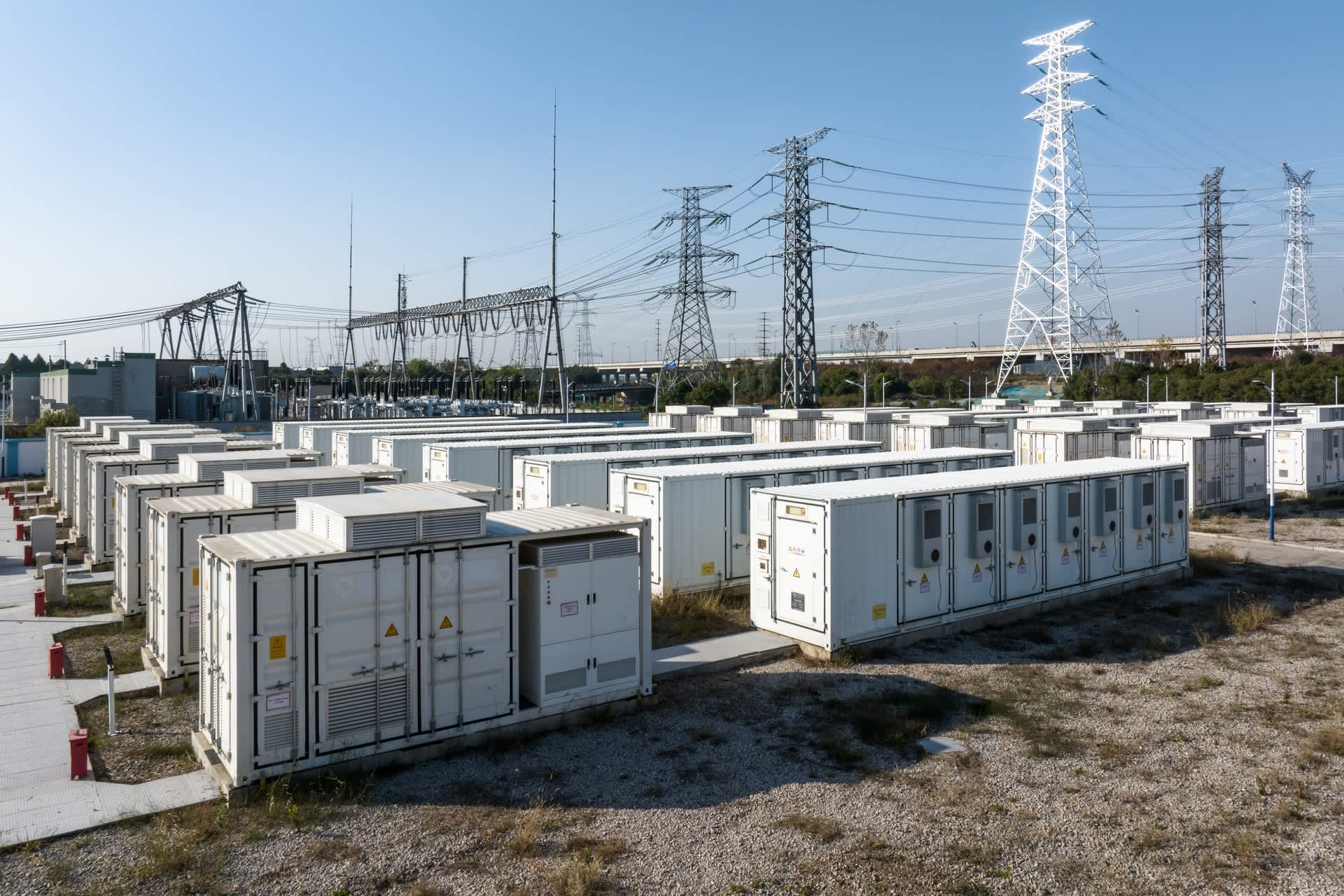Cornell University Innovates Solar-Powered Green Hydrogen Production










2025-05-06T11:00:00Z

A research team led by Cornell University has made a significant breakthrough in sustainable technology by developing a method to generate green hydrogen using solar-powered electrolysis of seawater. This innovative approach not only produces hydrogen, a clean energy carrier, but also yields potable water, addressing two critical needs simultaneously.
The cornerstone of this groundbreaking technology is a compact hybrid device designed for solar distillation and water electrolysis. According to Interesting Engineering, this prototype can generate approximately 200 milliliters of hydrogen per hour at an impressive energy efficiency of 12.6%. The device is remarkably small, measuring just 4 inches on each side. If scaled up to larger dimensions, the research team anticipates that the cost of producing green hydrogen could drop to a mere $1 per kilogram within the next 15 years. This development is particularly exciting as it could provide a sustainable solution to the increasing challenges posed by the global freshwater crisis.
Lenan Zhang, an assistant professor at Cornell and leader of the project, highlighted the dual challenge of fulfilling energy demands while ensuring access to drinking water. “Water and energy are both critically needed for our everyday life, but typically, if you want to produce more energy, you have to consume more water,” Zhang stated. “On the other hand, we need drinking water, because two-thirds of the global population are facing water scarcity. So there is a bottleneck in green hydrogen production, and that is reflected in the cost.”
The research team ingeniously utilized the surplus heat generated by solar cells, transforming what could be seen as waste into a vital resource. By harnessing this heat, they can warm seawater until it evaporates, all without compromising the electricity generation capabilities of the solar panels. This innovative method capitalizes on the sun's energy to its fullest potential.
Producing green hydrogen has traditionally faced hurdles due to the necessity of using fresh water, which is crucial for creating a high-purity, sustainable end product. With about two-thirds of the Earth’s surface covered in water, and the oceans containing approximately 96.5% of that water, the challenge lies in the salinity that renders it unsuitable for human consumption or direct industrial use without desalination.
As the deployment of solar arrays expands globally to capture the clean, carbon-free energy from the sun, the number of desalination plants is also increasing to provide access to clean drinking water for populations in need. The ability to merge these two processes into one multifaceted device presents a promising solution that benefits both people and the environment.
“This is a highly integrated technology,” Zhang elaborated. “The design was challenging because there's a lot of complex coupling: desalination coupled with electrolysis, electrolysis coupled with the solar panel, and the solar panel coupled with desalination through solar, electrical, chemical and thermal energy conversion and transport. Now, for the first time, we can produce a sufficient amount of water that can satisfy the demand for hydrogen production. And also we have some additional water for drinking. Two birds, one stone.”
In addition to hydrogen production, the device has the potential to serve another purpose. It could assist in cooling photovoltaic panels, potentially enhancing their efficiency and extending their operational lifespan, according to Zhang. “We want to avoid carbon emissions and pollution. But meanwhile, we also care about cost because the lower the cost, the higher the market potential for large-scale adoption. We believe there is a huge potential for future installations,” he concluded.
For those interested in staying updated on the latest innovations that are not only improving our lives but also shaping a sustainable future, consider joining our free newsletter. It’s a great way to learn about easy actions you can take to help yourself while also helping the planet.
 Erik Nilsson
Erik Nilsson
Source of the news: The Cool Down